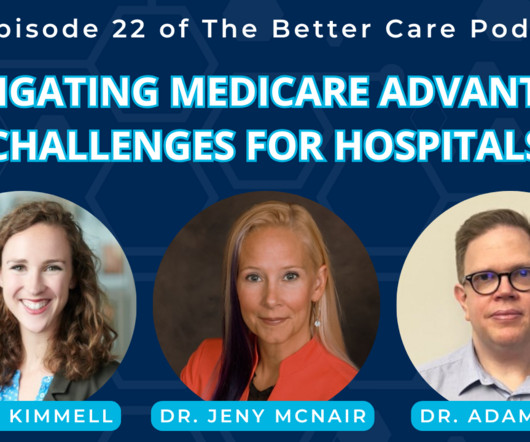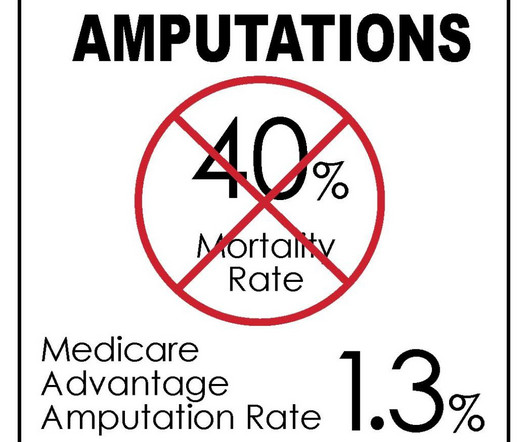Navigating Medicare Advantage: Strategies for Hospitals to Tackle Growing Challenges
EvidenceCare
NOVEMBER 19, 2024
Notably, fewer ICD-10 codes qualify for mapping to HCCs, reflecting CMS’ focus to reduce the number of diagnoses that count towards risk adjustment. Newly added HCCs cover more specific conditions, removing redundant codes and adjusting groupings to align with actual patient risk.














Let's personalize your content